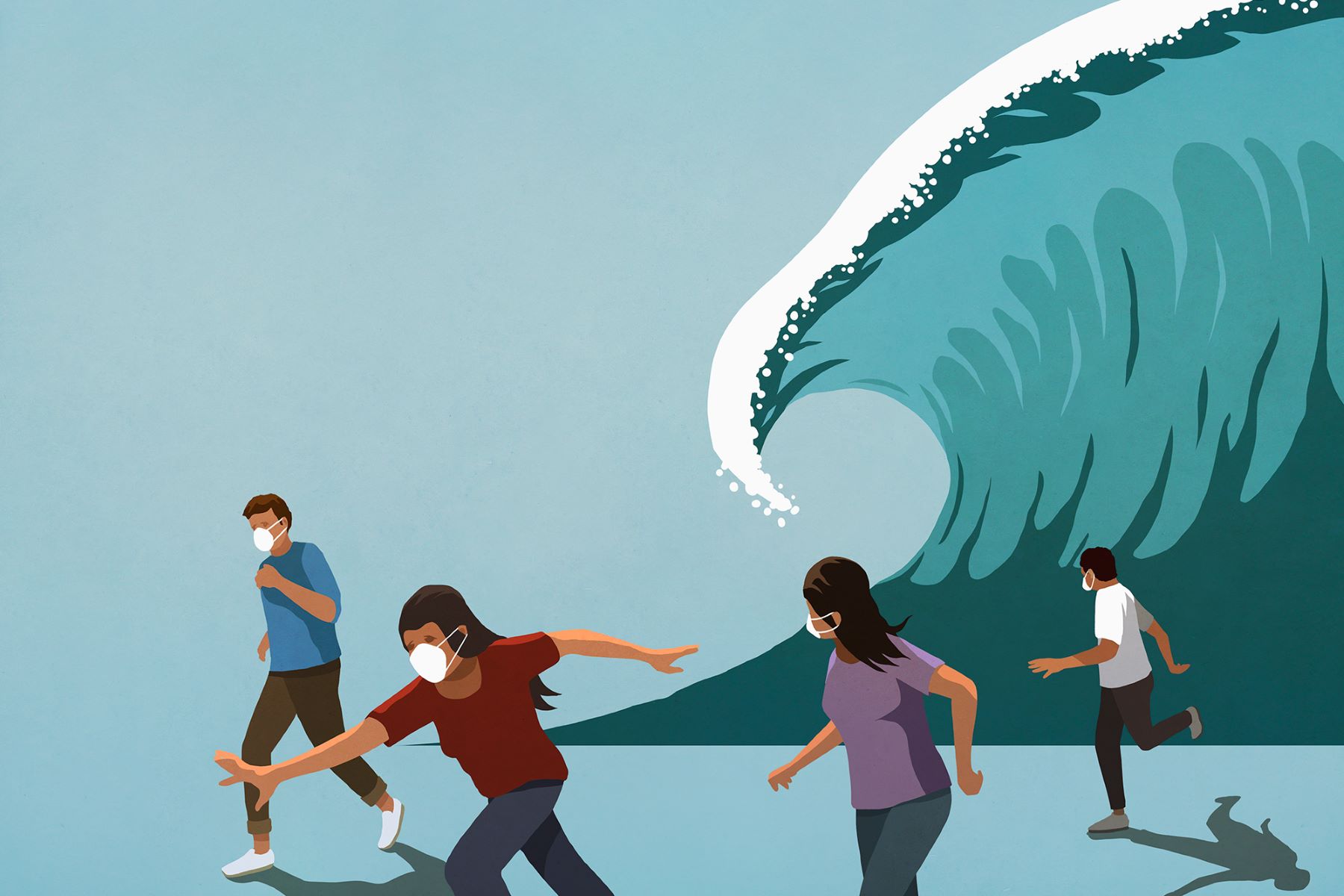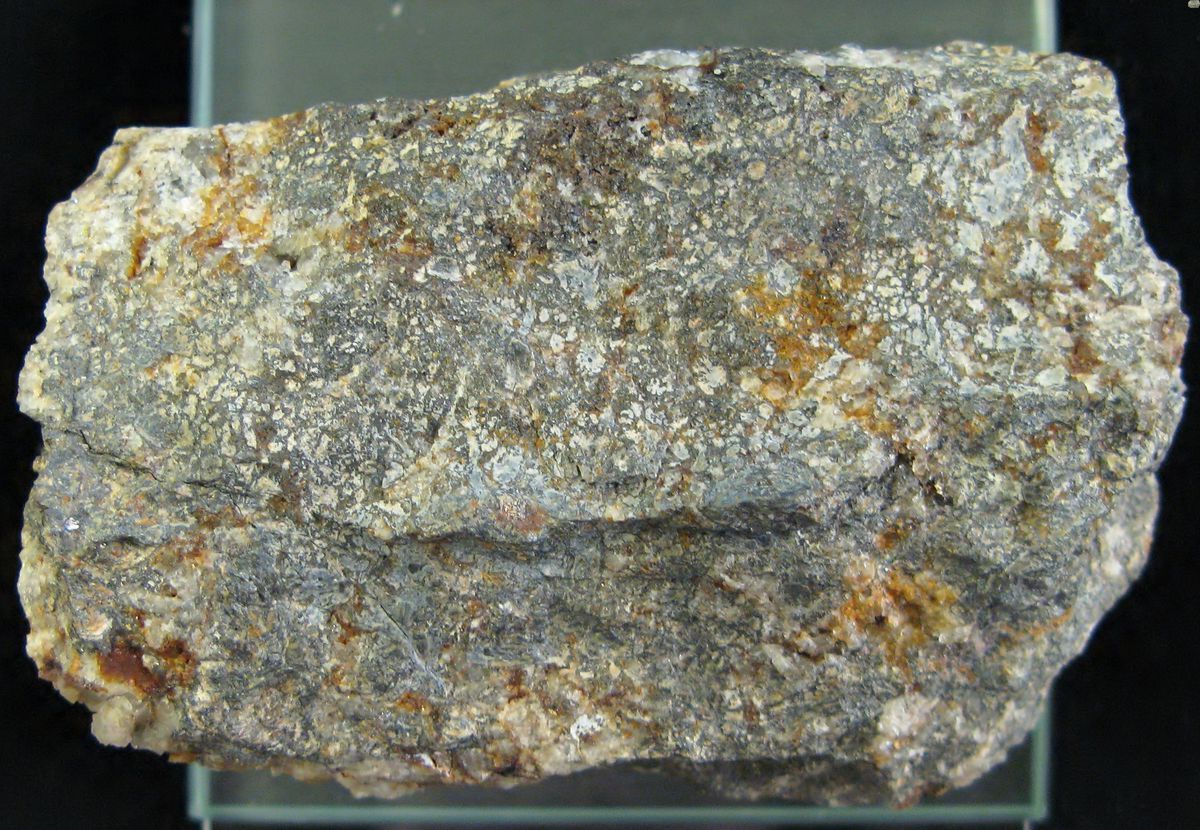
Did you know that The Weather Channel (TWC) has been a cornerstone of weather forecasting since 1982? Founded by John Coleman and Frank Batten, TWC launched with a mission to provide accurate regional and local weather information. Over the years, it has evolved from simple forecasts to a mix of documentaries, entertainment, and interactive features. Despite facing challenges like ownership changes, budget cuts, and viewership declines, TWC remains a trusted source for weather updates. From its early days of continuous weather forecasts to the development of weather.com and mobile apps, TWC has significantly impacted how we stay informed about the weather.
Key Takeaways:
- The Weather Channel, founded in 1980, revolutionized weather reporting with 24-hour broadcasts and interactive features, but faced challenges with ownership changes and budget cuts, impacting its operations and viewership.
- Despite its legacy as a trusted source for weather information, The Weather Channel experienced shifts in programming, ownership changes, and budget cuts, leading to layoffs and a decline in viewership.
Founding and Early Days
The Weather Channel (TWC) has been a reliable source of weather information since its inception. Let's explore its beginnings and early milestones.
-
Founding and Launch: John Coleman and Frank Batten founded TWC on July 18, 1980. The channel officially launched on May 2, 1982, at 8:00 p.m. Eastern Time.
-
First Broadcast: The initial focus was on providing regional and local weather information sourced from the National Weather Service.
-
Early Programming: TWC's early days featured continuous weather forecasts, news updates, and educational segments, similar to a news network.
-
Historical Milestones: Shortly after its launch, TWC achieved the first-ever 24-hour weather broadcast, setting a new standard in weather reporting.
Expansion and Evolution
As TWC grew, it expanded its programming and services to cater to a broader audience.
-
Expansion and Evolution: Over the years, TWC introduced documentaries, entertainment shows, and interactive features, starting with series like Atmospheres in 2000 and Storm Stories in 2003.
-
Weatherscan: TWC operated Weatherscan, a 24-hour automated local forecast service, until its shutdown on December 12, 2022.
-
Documentary Series: Storm Stories, premiering in 2003, became one of TWC's most popular series, exploring weather-related phenomena and their impacts.
-
Interactive Features: The "L" bar/weather ticker provided continuous updates on weather conditions, enhancing viewer engagement.
Ownership and Leadership Changes
TWC has undergone several ownership and leadership changes that have shaped its direction.
-
Ownership Changes: In 2012, TWC became The Weather Company and acquired Weather Underground, expanding its digital reach.
-
CEO David Kenny: David Kenny took over as CEO in January 2012, steering the company from Boston while overseeing operations in Atlanta.
-
Verizon Dispute: In March 2015, Verizon FiOS dropped TWC in favor of AccuWeather, significantly reducing TWC's viewership.
-
Shift to Live Forecasts: Post-Verizon dispute, TWC refocused on live forecast programming to emphasize its core mission.
Technological Advancements
TWC has embraced technology to provide accurate and timely weather information.
-
Weather.com Development: The development of weather.com has been crucial, offering comprehensive weather information, including forecasts and radar imagery.
-
Mobile Applications: TWC's mobile apps allow users to access weather information on-the-go, increasing user engagement.
-
Weather Underground Acquisition: Acquiring Weather Underground in 2012 expanded TWC's digital capabilities.
Budget Cuts and Impact
Refocusing efforts led to budget cuts and layoffs, impacting TWC's operations and employees.
-
Budget Cuts: TWC laid off around 50 employees and reduced its budget to allocate resources to its Internet and mobile properties.
-
Impact on Employees: The layoffs affected various departments, including production, engineering, and finance.
-
Viewership Decline: Despite efforts to refocus, TWC experienced a decline in viewership, partly due to the loss of Verizon as a carrier.
Global Reach and Operations
TWC has made efforts to expand its reach beyond the United States.
-
UK Operations: A U.K. version of TWC operated from September 1, 1996, to January 30, 1998, but was shut down due to low viewership.
-
Cable Availability in the U.K.: In the U.K., TWC was available on cable for 24 hours but was only carried by some companies.
-
Rival Service in the U.K.: Both TWC and The Weather Network launched in the U.K. in 1996, providing local weather information for specific regions.
Popular Programming
TWC's original programming has contributed significantly to its popularity.
-
Original Programming: TWC has produced a range of original programming, from educational shows like Atmospheres to entertainment-focused programs like Storm Stories.
-
Documentary Series: Atmospheres: Atmospheres explores different atmospheric conditions and their effects on the environment.
-
Natural Drama Initiative: In November 2013, TWC introduced the "weather all the time" initiative, rebranding all original programming under the tagline Natural Drama.
Legacy and Impact
TWC's commitment to providing accurate weather information has left a lasting legacy.
-
Legacy and Impact: TWC has become a trusted source for millions of viewers worldwide, thanks to its dedication to accurate and timely weather information.
-
Historical Weather Events: TWC has covered numerous historical weather events, including hurricanes, blizzards, and heatwaves, through documentaries and news segments.
-
Interactive Features: The L Bar: The "L" bar/weather ticker provides continuous updates on weather conditions, making it easier for viewers to stay informed.
-
Weather.com Development: The development of weather.com has been crucial for TWC, offering comprehensive weather information, including forecasts, radar imagery, and severe weather alerts.
-
Mobile Applications: TWC's mobile apps have been instrumental in increasing user engagement and providing real-time updates.
-
Weather Underground Acquisition: Acquiring Weather Underground in 2012 expanded TWC's reach and capabilities in the digital space.
-
David Kenny's Leadership: Under David Kenny's leadership, TWC shifted its focus from original programming to live forecast updates.
-
Budget Reduction: The reduction in budget led to layoffs and a reallocation of resources, streamlining operations and enhancing digital offerings.
-
Impact on Employees: The layoffs and budget cuts had a significant impact on TWC employees, affecting various departments.
-
Viewership Decline: Despite efforts to refocus on live forecasts, TWC experienced a decline in viewership, partly due to the loss of Verizon as a carrier.
-
Availability in the U.S.: As of November 2023, TWC is available to approximately 68 million pay television households in the United States.
-
UK Operations Shutdown: The U.K. version of TWC was shut down in January 1998 due to low viewership.
-
Cable Availability in the U.K.: In the U.K., TWC was available on cable for 24 hours but was only carried by some companies.
-
Rival Service in the U.K.: Both TWC and The Weather Network were designed for cable and provided local weather information for specific regions.
-
Historical Weather Events: TWC has covered numerous historical weather events, including hurricanes, blizzards, and heatwaves.
-
Documentary Series: Storm Stories: Storm Stories is one of TWC's most popular documentary series, exploring various weather-related phenomena and their impacts on communities.
-
Interactive Features: The L Bar: The "L" bar/weather ticker is an interactive feature introduced by TWC, providing continuous updates on weather conditions.
-
Weather.com Development: The development of weather.com has been crucial for TWC, offering comprehensive weather information, including forecasts, radar imagery, and severe weather alerts.
-
Mobile Applications: TWC's mobile apps allow users to access weather information on-the-go, increasing user engagement.
-
Weather Underground Acquisition: In 2012, TWC acquired Weather Underground, expanding its reach and capabilities in the digital space.
-
David Kenny's Leadership: Under David Kenny's leadership, TWC shifted its focus from original programming to live forecast updates.
-
Budget Reduction: The reduction in budget led to layoffs and a reallocation of resources, streamlining operations and enhancing digital offerings.
-
Impact on Employees: The layoffs and budget cuts had a significant impact on TWC employees, affecting various departments.
-
Viewership Decline: Despite efforts to refocus on live forecasts, TWC experienced a decline in viewership, partly due to the loss of Verizon as a carrier.
-
Availability in the U.S.: As of November 2023, TWC is available to approximately 68 million pay television households in the United States.
-
Legacy and Impact: TWC has left a lasting legacy in the field of weather broadcasting, becoming a trusted source for millions of viewers worldwide.
The Weather Channel's Lasting Impact
The Weather Channel has come a long way since its launch in 1982. From its early days of providing regional weather updates to becoming a leading source for weather-related programming, TWC has continuously evolved. Acquisitions like Weather Underground and the development of weather.com have expanded its digital reach. Despite challenges like viewership decline and budget cuts, TWC remains a trusted source for weather information. Its popular series like Storm Stories and interactive features like the "L" bar have kept viewers engaged. The channel's commitment to accurate, timely weather updates has cemented its place in the industry. With mobile apps and a strong online presence, TWC continues to adapt to changing viewer needs. Its legacy in weather broadcasting is undeniable, making it a cornerstone for millions seeking reliable weather information.
Frequently Asked Questions
Was this page helpful?
Our commitment to delivering trustworthy and engaging content is at the heart of what we do. Each fact on our site is contributed by real users like you, bringing a wealth of diverse insights and information. To ensure the highest standards of accuracy and reliability, our dedicated editors meticulously review each submission. This process guarantees that the facts we share are not only fascinating but also credible. Trust in our commitment to quality and authenticity as you explore and learn with us.


